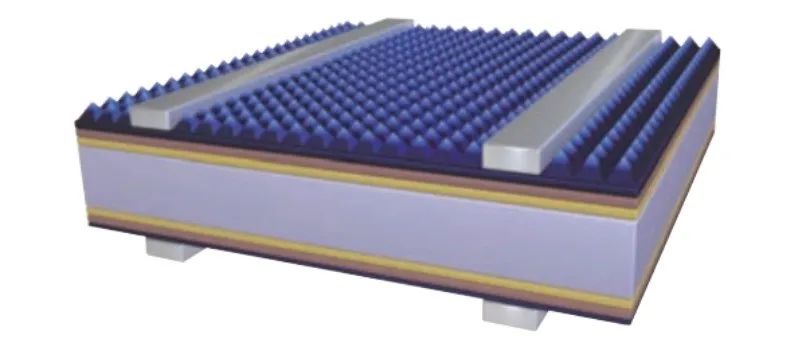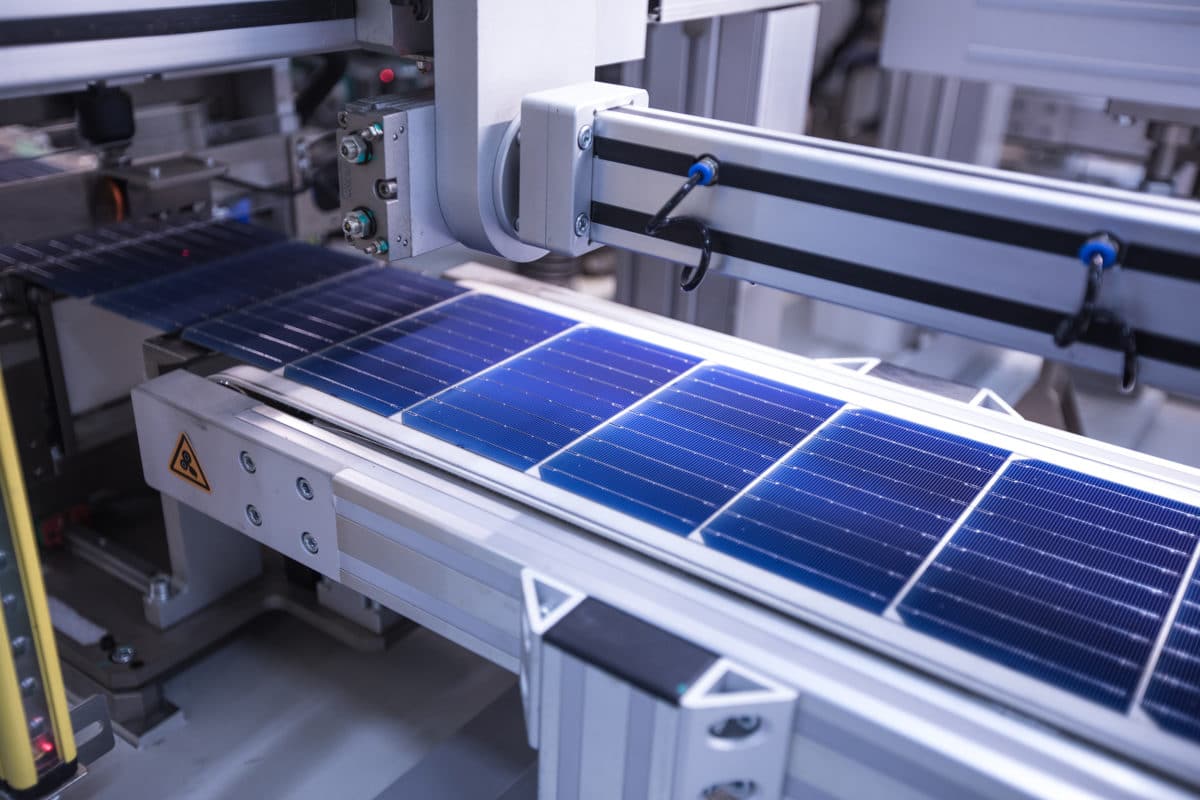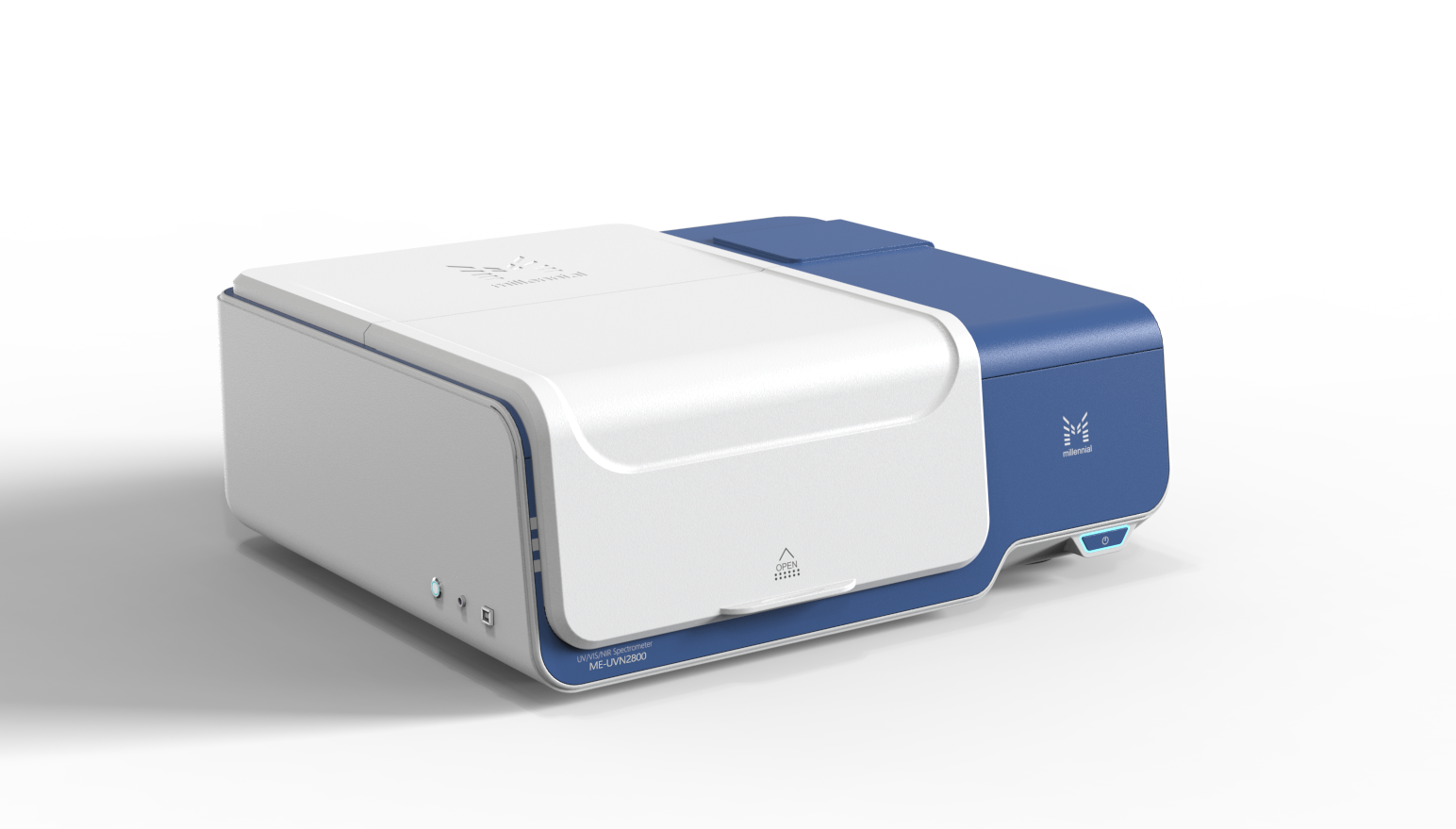
Quantum Efficiency Tester
PL/EL Integrated System
PV-Reflectumeter
3D Confocal Microscope
In-Line Four Point Probe Tester
Four Point Probe Tester
In-Line Thin Film Thickness Tester
Raman Spectrometer
FTIR Spectrometer
Spectrophotometer
Automatic Spectroscopic Ellipsometer
Contact Resistance Tester
Ultra depth of field 3D microscope
Auto Visual Tester
VMM PV Vision Measuring Machine
Solar Cell Horizontal Tensile Tester
Steady State Solar Simulator for Solar Cell
Solar Cell UV Aging Test Chamber
Solar Cell Comprehensive Tensile Tester
Visual Inspection Tester
Wet Leakage Current Tester
PV Module EL Tester
PV Module UV Preconditioning Chamber
Steady State Solar Simulator for PV Module
Current Continuous Monitor
Potential Induced Degradation Test
Bypass Diode Tester
LeTID Test System
Reverse Current Overload Tester
Impulse Voltage Tester
Hipot Insulation Tester
Ground Continuity Tester
Hipot Insulation Ground Tester
Damp Heat Test Chamber
Humidity Freeze Test
Thermal Cycle Test Chamber
Dynamic Mechanical Load Tester
Static Mechanical Load Tester
Hail Impact Tester
Robustness of Termination Tester
Module Breakage Tester
Cut Susceptibility Tester
Peel Shear Strength Tester
Universal Testing Machine (Single-arm)
Universal Testing Machine (Double-arm)
Glass Transmittance Tester
Acetic Acid Test Chamber
EVA Degree of Crosslinking Test System
Junction Box Comprehensive Tester
Drop ball tester
Semi-automatic scanning four-probe tester
Stylus Profilometer
Maximum Power Point Tracker
Perovskite Glass Transmittance Tester
Perovskite P1 Laser Scribing Multifunctional Testing Machine
Perovskite Online PL Tester
Perovskite Online Sheet Resistance Tester
Online Perovskite Film Thickness Tester
Perovskite Process Inspection Workstation
Portable IV Curve Tester
Portable EL Tester
Portable Thermal Imaging Tester
Solar Module Multi-Channel Testing System
PV Inverter Power Quality Tester
Drone EL Tester
IV Tester
IVEL Cell Sorting Machine
Application of ITO Thin Films in Heterojunction Solar Cell
Date : 2023-09-18Views : 165
TCO films include In₂O₃ series and ZnO series. In heterojunction solar cells, the commonly used TCO material is tin-doped In₂O₃, that is, ito, which has both transparency and conductivity. Millennial Spectrophotometer UVN2800 can measure the reflectance and transmittance of thin film materials such as ito and amorphous silicon, and is widely used in the photovoltaic industry.

![]()
ITO Thin Film
According to the manufacturing process of a-Si:H/c-Si heterojunction solar cells, after the emitter and BSF are deposited, an ito film needs to be formed on the front and back of the cell. This is because a-Si:H/c-Si heterojunction solar cells, compared with traditional heat-diffusing crystalline silicon solar cells, have low conductivity of the emitter, so that it can only collect current from the emitter through metal grid lines. , which is not enough, so it is necessary to use a conductive and transparent film to transport charges.
In order to obtain an efficient SHJ cell, VOC, Jsc, and FF, the three basic parameters that characterize the cell, must be simultaneously improved. From the perspective of ITO thin films, the basic parameters of the cell can be improved from the following three perspectives:
■ Low damage deposited ITO film can improve Voc;
■ Jsc can be improved by using ITO film with high electron mobility;
■ Reducing the sheet resistance of ITO is beneficial to obtain high FF.

Commonly used ITO materials include SnO₂ system, In₂O₃ system and ZnO system. Fluorine-doped SnO2 is mainly deposited on large-area float glass and is often used in thin-film solar cells. It is incompatible with the process of silicon-based heterojunction solar cells, so it will not be discussed here.
Tin-doped In₂O₃ is the most commonly used ITO material, which is widely used in the production of flat panel displays and is also the main ITO material used in HJT cells. The application of ito thin film in HJT cell plays three roles.
■ Allow as much light as possible to pass through the ITO and enter the emitter and base regions.
■ The refractive index of ITO is close to that of SiNx film, so it can be used as anti-reflection layer at the same time.
■ ITO satisfies the requirement of conduction in electricity.
However, the optical properties and electrical properties of ITO thin films are interdependent and cannot be optimized independently. A balance must be found between the two.
![]()
Millennial Spectrophotometer

E-mail: market@millennialsolar.cn
Millennial Spectrophotometer can be used to measure material transmittance, reflectance and absorbance.
Millennial Spectrophotometer The unique double-beam optical design can perfectly correct the absorbance changes of different sample matrices, so that the samples can be measured stably. It has the advantages of wide testing range, high precision and good stability. And it supports the measurement of solar transmittance in a wide range of wavelength regions from the ultraviolet region to the near infrared region, providing strong support for the efficiency analysis of solar cells.
On the whole, the ITO film has both conductivity and transparency, which greatly improves its application in the photovoltaic field, and improves the performance of silicon heterojunction solar cells, which plays a pivotal role in silicon heterojunction solar cells ; Millennial Spectrophotometer can measure the reflectance and transmittance of ITO thin films, and continuously promote the innovation and development of photovoltaic industry technology.

































































